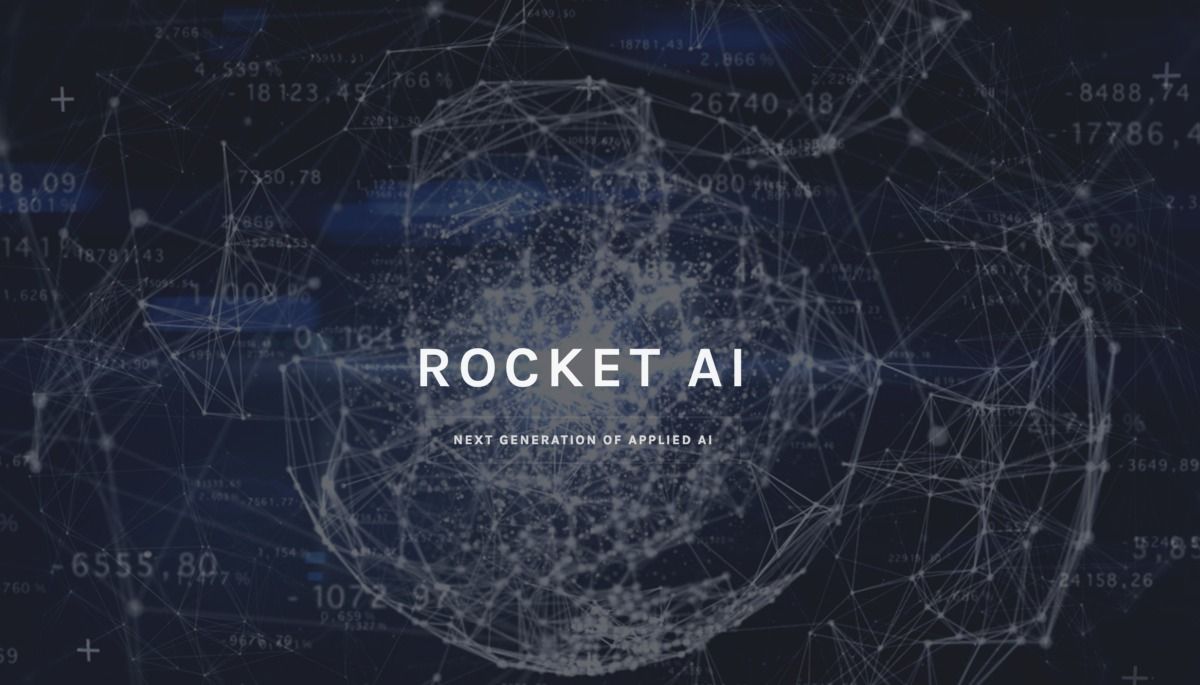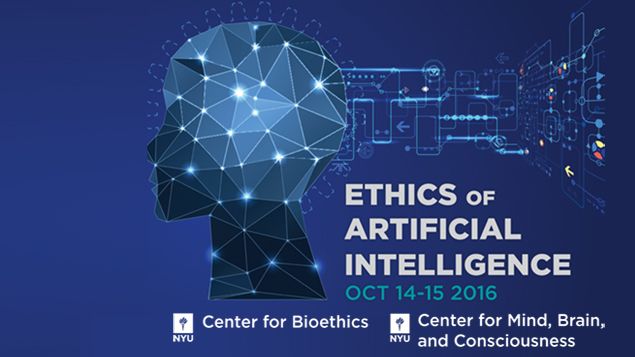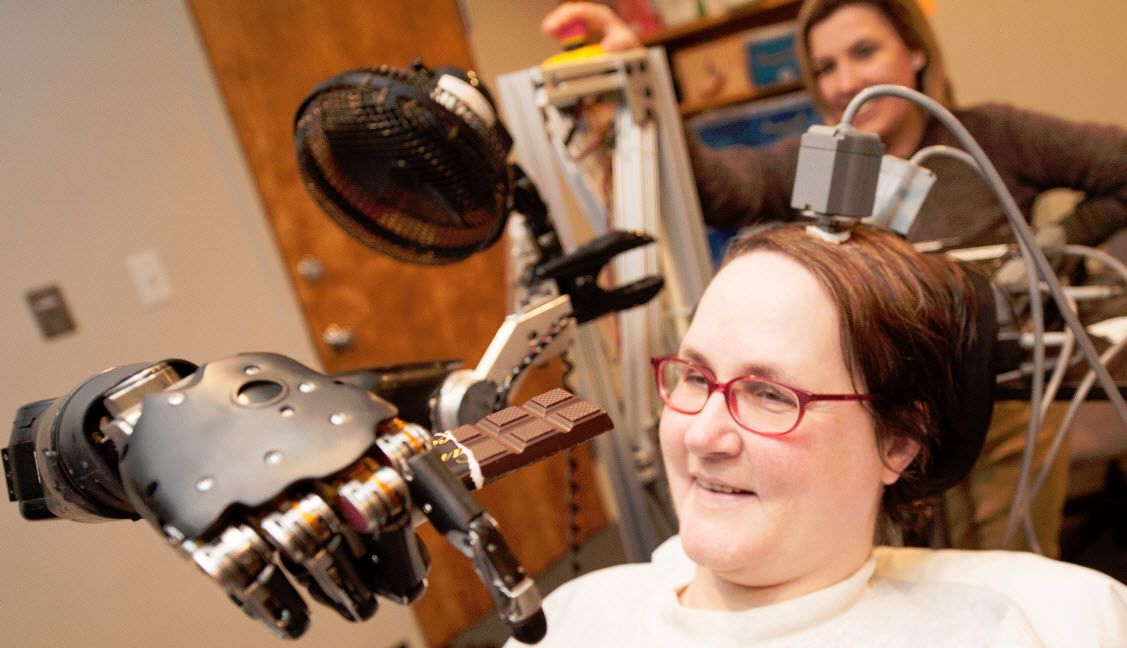Nice write up and references the Cognitive Toolkit that was leveraged on Skype, Xbox, etc. Also, a nice plug on the QC work.
“Only Cray can bring the combination of supercomputing technologies, supercomputing best practices, and expertise in performance optimization to scale deep learning problems,” said Dr. Mark S. Staveley, Cray’s director of deep learning and machine learning. “We are working to unlock possibilities around new approaches and model sizes, turning the dreams and theories of scientists into something real that they can explore. Our collaboration with Microsoft and CSCS is a game changer for what can be accomplished using deep learning.”
Also Read: Ignore The Financials, MSFT Stock Is Headed Higher : Microsoft Corporation (NASDAQ: MSFT)
“Cray’s proficiency in performance analysis and profiling, combined with the unique architecture of the XC systems, allowed us to bring deep learning problems to our [system] and scale them in a way that nobody else has,” added Prof. Dr. Thomas C. Schulthess, director of the Swiss National Supercomputing Centre (CSCS). “What is most exciting is that our researchers and scientists will now be able to use our existing Cray XC supercomputer to take on a new class of deep learning problems that were previously infeasible.”









